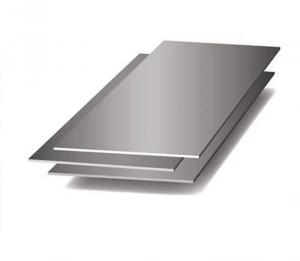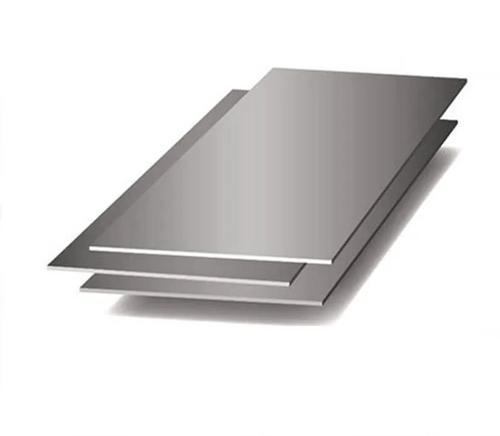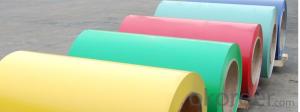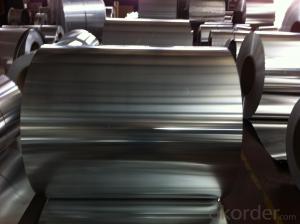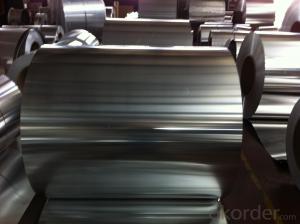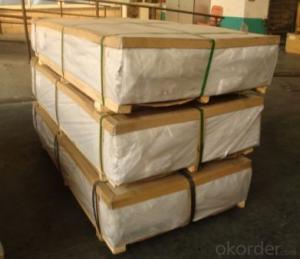4x8 aluminum alloy plate for construction/decoration 5052 6061 3003 5-100mm thick
- Loading Port:
- Qingdao
- Payment Terms:
- TT OR LC
- Min Order Qty:
- 1 T
- Supply Capability:
- 200 T/month
OKorder Service Pledge
OKorder Financial Service
You Might Also Like
Specification
"4x8 aluminum plate" refers to an aluminum plate with a specification of 4 feet × 8 feet, and its size is expressed in imperial units. Converted to metric units, the size of this aluminum plate is approximately: 1219.2 mm × 2438.4 mm
"4x8 aluminum plate" is widely used in architectural decoration, machinery manufacturing, transportation, electronic products and other fields.
Aluminum alloy plates are mainly composed of aluminum and other alloy elements, and have the characteristics of light weight, corrosion resistance and good thermal conductivity. In the field of construction and decoration, commonly used aluminum alloy models are 1100, 3003, 5005, 5052, 6061, etc. These aluminum alloy plates are usually specially treated, such as anodizing, electrophoretic coating, etc., to improve their weather resistance and decorative properties.
Aluminum alloy plate surface treatment process
1. Anodizing treatment: improves corrosion resistance and aesthetics, commonly used in building decorative panels.
2. Spraying (powder or fluorocarbon spraying): mostly used for exterior curtain walls, providing a variety of colors and gloss options.
3. Brushed or mirrored treatment: used for high-end decorative design to increase visual effects.
4. Composite coating: used to protect decorative panels and increase wear resistance.
Specifications:
| Alloy | 5052, 5005, 3003, 6061, 1100, etc. |
| Temper | O, H112, H111, H32, H34, etc. |
| Thickness | 0.2-100mm |
| Width | 10-1800mm |
| Length | 100-16000mm |
| Surface | grinding, bright, polishing, hairline, brushed, sandblasting, checkered, embossed, etched, etc. |
| Certificate | ISO 9001 |
| Packing | export standard wooden pallet (upon request) |
| MOQ | 1-3 tons |
Performance characteristics:
1. Lightweight and high strength: Aluminum alloy plates are light and high in strength, which can reduce the weight of the building and improve the overall performance.
2. Corrosion resistance: Aluminum alloy has good corrosion resistance and can maintain performance for a long time in harsh environments.
3. Easy to process: Aluminum alloy plates are easy to process and can meet various complex shapes and size requirements.
4. Wind pressure resistance: Aluminum alloy plates have good wind pressure resistance and can withstand large wind loads.
5. Weather resistance: Specially treated aluminum alloy plates have good weather resistance and remain stable under various climatic conditions.
6. Environmental protection: Aluminum is environmentally friendly and recyclable.
Application scenarios:
1. Building exterior wall decoration: Aluminum alloy plates can be used for the decoration of building exterior walls, such as curtain walls, exterior wall panels, etc., providing good appearance effects and protection functions.
2. Interior decoration: Aluminum alloy materials can be used for interior decoration, such as ceilings, wall panels, stair handrails, etc., providing elegant and gorgeous decorative effects.
3. Advertising signs: Aluminum alloy sheets are easy to process and manufacture, and have good wind pressure resistance and weather resistance, so they are often used to make billboards, display platforms and signs.
4. Industrial use: Aluminum alloy sheets can also be used in the manufacture of vehicles, ships and other means of transportation, as well as raw materials for industrial use.
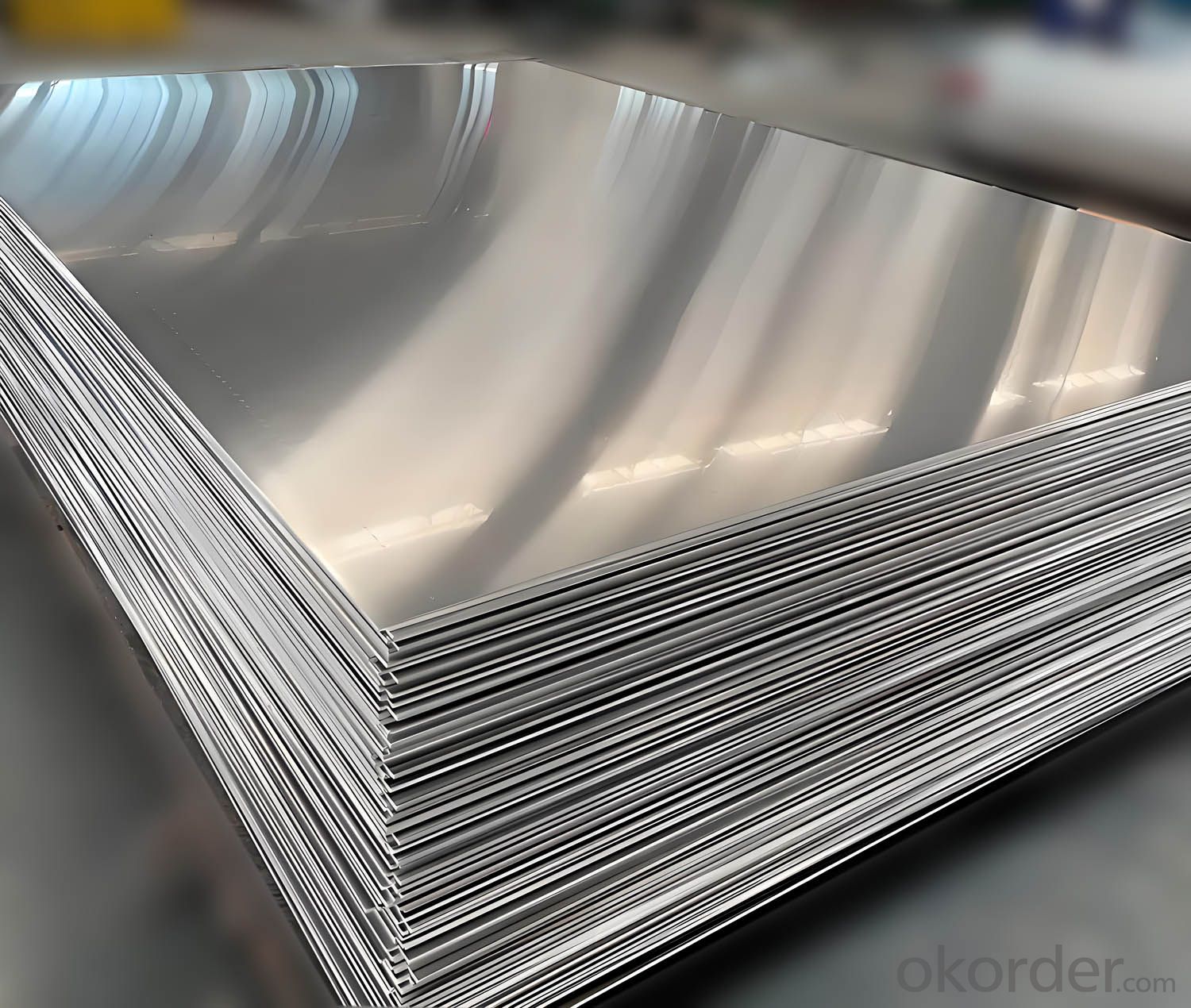
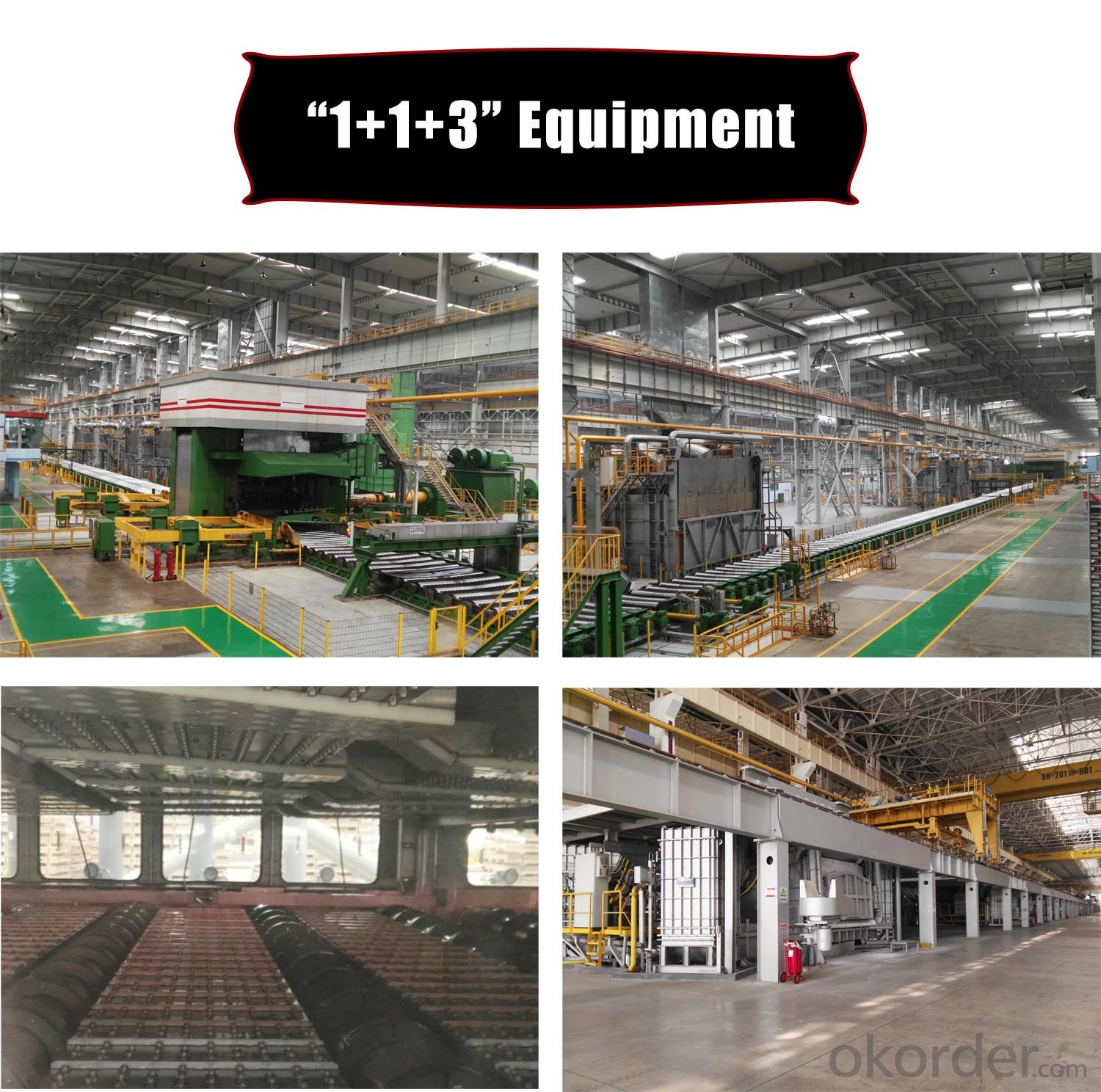
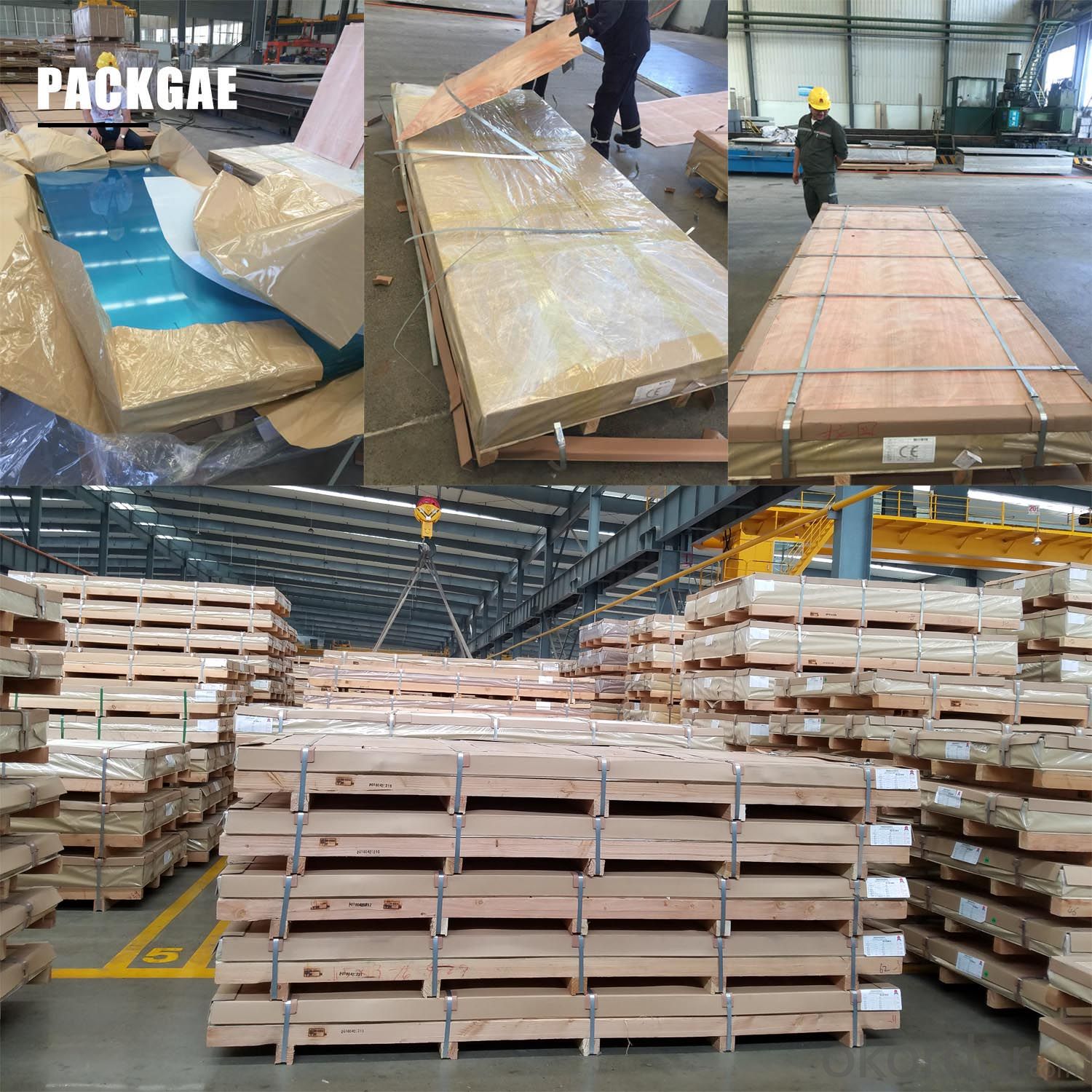
- Q: Using thin copper sheets and thin aluminum sheets, respectively, from heat source heat conduction to aluminum heat sink, which kind of efficiency is higher?
- Aluminum cooling fast! Copper conducts heat quickly! Is it clear enough?.Copper has a good heat conductivity. For metal conductive ability of thermal conductivity is strong.
- Q: what's the temperature tolerance of aluminum sheets?
- aluminum is a kind of silver white metal,melting point:660.4℃, boiling point: 2467℃,density: 2.70 g/cm?,very light, about 1/4 of iron's density.it has low hardness and good ductility, which makes it suitable for being pulled into threadlets or pressed into aluminum foils, and the later is usually used for packaging candy and cigarette. it has good electrical and temperature conductivity. it's used for the manufacture of electric wire and cable in electric power industry, and for the manufacture of cooker in daily life bined with the magnesium , copper,zinc,tin,manganese,chromium,zirconium,silicon and other elments,it can formulate various alloys that is broadly used for the manufacture of airplane,car,ship, materials of daily living equipment and the doors and windows of construction industry.aluminum is one of the best reflectors of heat and light, so it is used as thermal insulation material and the manufacture of reflecting mirror in the reflecting telescope.
- Q: Can aluminum sheets be used for heat shields in appliances?
- Yes, aluminum sheets can be used for heat shields in appliances. Aluminum is a lightweight and highly conductive material that can effectively dissipate heat. It has a high melting point and can withstand high temperatures, making it ideal for heat shield applications. Additionally, aluminum is corrosion-resistant, which ensures the durability and longevity of the heat shield. Its flexibility allows for easy installation and shaping to fit different appliance designs. Aluminum sheets are commonly used in various appliances such as ovens, grills, and heating units to protect surrounding areas from excessive heat and prevent potential damage.
- Q: What kind of welding rod should be used for aluminum plate, welding and welding?.
- Ask for advice, the simplest and the most primitive way, sincerely ask for adviceChasing the answerThe welding method is the most original welding welding, but have difficulty, need certain skills. The simplest is not easy to say, if welding hand arc welding, in fact, the use of hand arc welding is relatively simple, and welding carbon steel is the difference between the welding speed, requiring faster response to the welder on the line. If there is no welding foundation, we can use TIG welding or MIG welding, both of which are simpler to learn, that is, the welding equipment that needs to be purchased is more expensive.
- Q: Are 101 aluminum sheets suitable for automotive applications?
- Yes, 101 aluminum sheets are suitable for automotive applications.
- Q: Can aluminum sheets be used in marine environments?
- Yes, aluminum sheets can be used in marine environments. Aluminum is a commonly used material in marine applications due to its excellent corrosion resistance. It forms a protective oxide layer on its surface, which prevents further corrosion in the presence of saltwater or other corrosive elements found in marine environments. Aluminum sheets are lightweight, yet strong, making them ideal for a variety of marine structures such as boat hulls, decks, and superstructures. Additionally, aluminum is highly durable and has a long lifespan, further enhancing its suitability for marine applications.
- Q: Can aluminum sheets be used in cryogenic applications?
- Cryogenic applications can indeed utilize aluminum sheets. The thermal conductivity and low temperature characteristics of aluminum render it an appropriate substance for cryogenic settings. It can endure exceedingly low temperatures without succumbing to brittleness or compromising its structural integrity. Furthermore, aluminum is both lightweight and resistant to corrosion, rendering it a pragmatic selection for cryogenic applications where weight and durability are crucial considerations. Nevertheless, it is imperative to ascertain that the precise aluminum alloy selected is compatible with the intended cryogenic application, as different alloys may exhibit differing properties and performance levels at lower temperatures.
- Q: Are the aluminum sheets suitable for manufacturing window frames?
- Yes, aluminum sheets are suitable for manufacturing window frames.
- Q: I put the aluminum in copper chloride for an experiment and i was wondering if they had different properites.
- Aluminium is and element. An oxide is the result of a substance reacting with oxygen. The properties are completely different for elements and oxides.
- Q: Are aluminum sheets suitable for automotive heat shields?
- Certainly! Automotive heat shields can indeed utilize aluminum sheets. Aluminum is an exceptional option for heat management in automotive applications due to its lightweight nature and impressive conductivity. Its high melting point and excellent thermal conductivity properties allow it to efficiently absorb and disperse heat produced by the vehicle's engine, exhaust system, and other heat sources. Furthermore, aluminum sheets are easily moldable and can be crafted into diverse sizes and designs, making them adaptable for various automotive heat shield purposes. In summary, aluminum sheets offer an economical and effective means of safeguarding vulnerable components from heat-related harm within automotive systems.
Send your message to us
4x8 aluminum alloy plate for construction/decoration 5052 6061 3003 5-100mm thick
- Loading Port:
- Qingdao
- Payment Terms:
- TT OR LC
- Min Order Qty:
- 1 T
- Supply Capability:
- 200 T/month
OKorder Service Pledge
OKorder Financial Service
Similar products
Hot products
Related keywords
